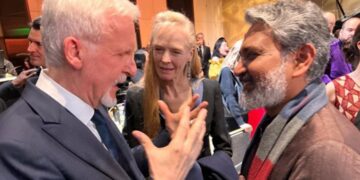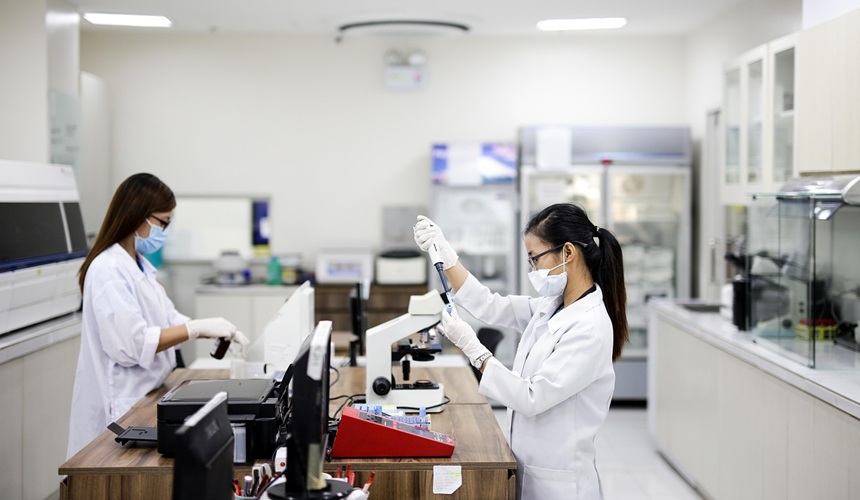New Delhi: The Union Cabinet, chaired by Prime Minister Narendra Modi, has approved a major expansion in medical education with the creation of 5,000 postgraduate seats and 5,023 MBBS seats across government institutions.
The initiative, with a total budget of Rs. 15,034.50 crore, is designed to strengthen India’s healthcare capacity by producing more doctors and specialists over the next four years.
Under Phase-III of the Centrally Sponsored Scheme, existing state and central government medical colleges, standalone PG institutes, and government hospitals will be upgraded to accommodate the new seats.
The per-seat cost ceiling has been raised to Rs. 1.5 crore, according to the Cabinet’s statement.
Of the total outlay, the Centre will contribute Rs. 10,303.20 crore, while the states will bear Rs. 4,731.30 crore. The scheme will be implemented during 2025–26 to 2028–29.
The approval is part of the government’s broader target to create 75,000 medical seats in five years, a commitment announced by the Prime Minister during his Independence Day speech in 2024.
India currently leads the world with 808 medical colleges, offering 1.23 lakh MBBS seats.
Over the past decade, the country has added 69,352 undergraduate seats—a 127% rise—and 43,041 PG seats, marking 143% growth.
Despite this progress, gaps remain in several regions, particularly in underserved and remote areas.
ALSO READ: Assam CM orders SIT probe into Zubeen Garg’s death
Officials said the latest initiative will not only increase the availability of doctors but also introduce new specialties in medical institutions, improve quality training, and support a more balanced regional distribution of healthcare resources.
Beyond addressing the shortage of medical professionals, the scheme is expected to generate large-scale employment in teaching, paramedical services, research, and administration, while also contributing to the resilience of India’s health system.
By expanding capacity and maintaining affordability, the government aims to strengthen domestic medical education and position India as a global hub for cost-effective healthcare.















